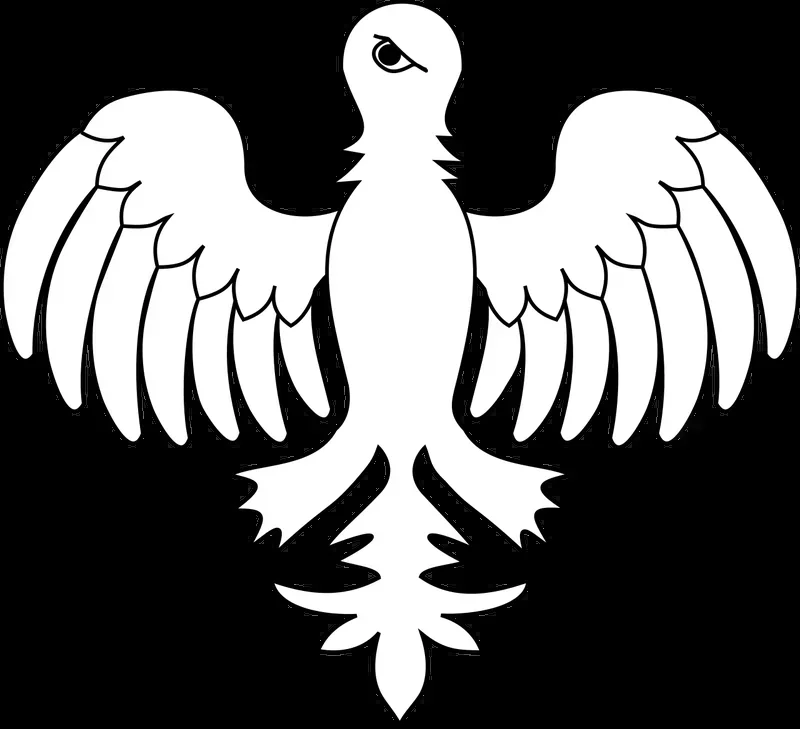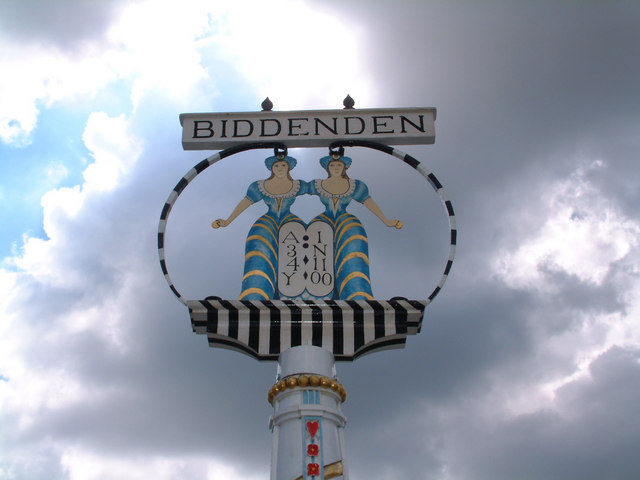Alerion

Alerion (also called Avalerion) is a heraldic bird that originally represented the standard heraldic eagle. Over time, heralds began using the term to specifically denote "eaglets" or young eagles. To distinguish alerions from mature eagles, they were depicted as an eagle displayed inverted without beak or claws (disarmed). Unlike a decapitate eagle, the alerion has a distinctive bulb-shaped head with an eye looking toward the dexter side of the shield. In modern heraldry, this evolved into a simpler abstract winged oval shape.
The arms of the Duchy of Lorraine (or, on a bend gules, 3 alerions abaisé argent) provide a classic example. While legend claims these arms were inspired by crusader Geoffrey de Bouillon shooting three white eaglets while hunting, the design more likely represents canting arms—a visual pun linking Lorraine with Erne, with alerion being a partial anagram of Lorraine.
Medieval bestiaries describe the alerion as a mythological bird larger than an eagle, with only one pair existing at any time. According to lore, they laid eggs every 60 years and drowned themselves after their young hatched. The term avalerion appears on the Hereford Map near the Hydaspes and Indus rivers, possibly based on Pliny's writings.
The word's etymology remains uncertain, potentially deriving from the German Adler or Adelar (meaning "eagle"). It appears in 12th-century French as alérion and in medieval Latin as alariōnem (a large eagle-like bird).


